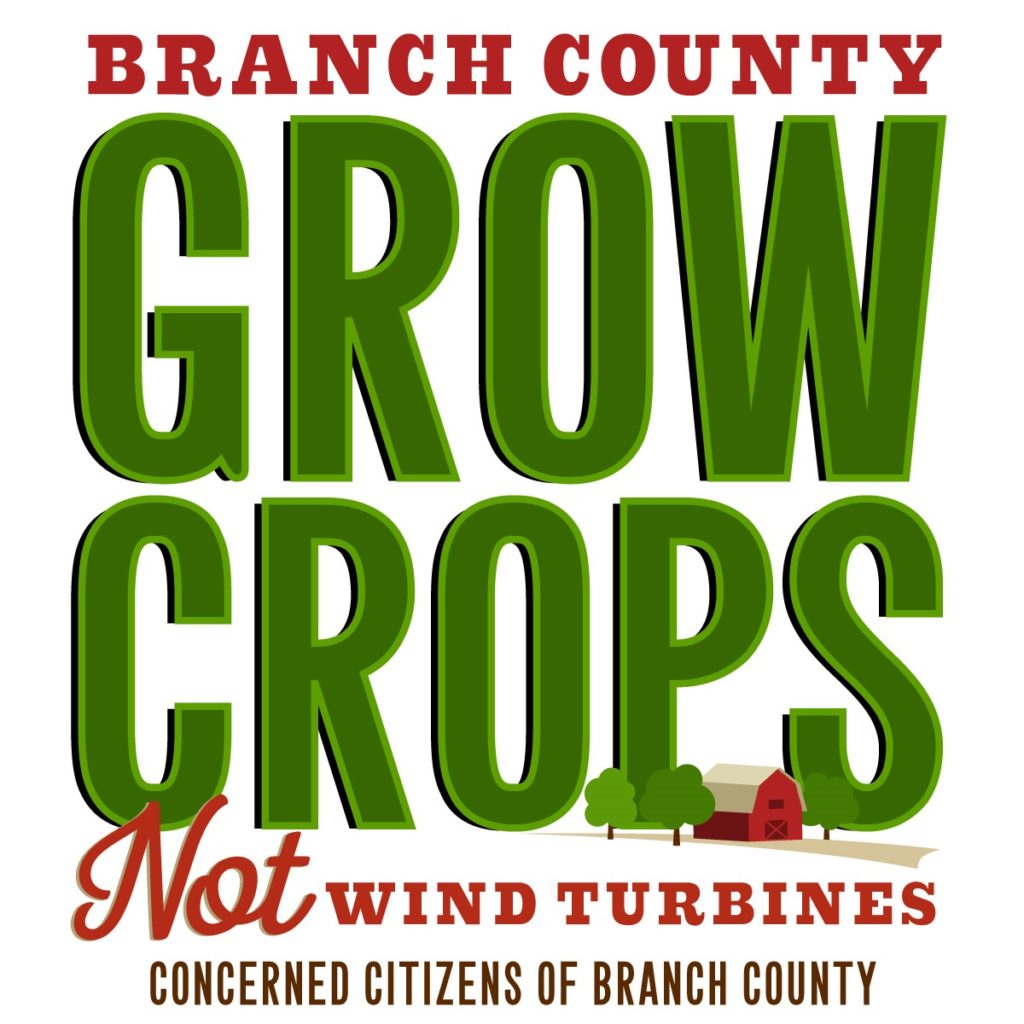The Reality of Industrial Wind in Michigan: Part 3
Below is the third part in a series of posts, refuting DTE’s alleged “facts” about Industrial Wind.

One of the few pieces of literature DTE gave out to prospective lease holders was a sheet called, “Get the Facts Straight on Wind Energy.” It says, “Here’s what you should know about how wind turbines work and why expanded wind energy is good for Michigan.” DTE proceeds to list the various “myths” about wind energy and then shared their version of the “facts.” Unfortunately, the majority of DTE’s “facts” were misleading — and in other cases downright false.
So, when it came time for us to publicly give our rebuttal and share our own concerns, we shared our own review of the information behind DTE’s proposed “facts.” Because there is a third entirely different category: REALITY.
Nothing to see! Look away!
One would think that trajectory would be one of the more quantifiable, non-controversial issues, to objectively assess when it came to turbines. But, like so many other issues in DTE’s marketing materials, this too warrants a closer look.
DTE’s MYTH: Wind turbines are prone to break and endanger surrounding homes.
DTE’s FACT: While there is some risk of malfunction or breakage – as there is with any mechanical device – properly installed and maintained wind turbines have low incidence of breaking down. In addition, turbines are installed at appropriate distances from homes and other structures to prevent injury in the unlikely event that one of them experiences a malfunction.

DTE references “appropriate distances from homes and other structures” yet doesn’t disclose what those distances are. So let’s take a look at what researchers have to say about turbine malfunction.
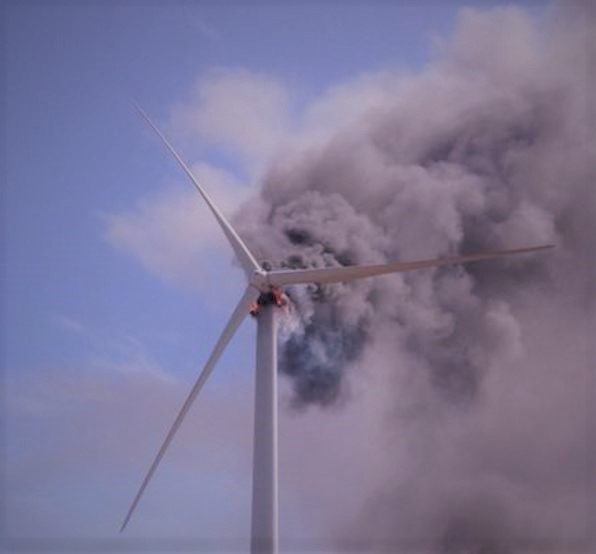
REALITY: “Reporting on failure of IWTs is very limited, due to the sensitivity of the industry.” Source: Permitting Setbacks for Wind Turbines in California and the Blade Throw Hazard, Larwood, S., California Wind Energy Collaborative, University of California, David, June 16, 2005, p. 9.
https://www.energy.ca.gov/2005publications/CEC-500-2005-184/CEC-500-2005-184.PDF
Unfortunately, the industry is more than just sensitive — the industry appears to be cloaked in secrecy.
Even “Titles” of research get wordsmithed to soften the blow.
Compare the changes of the titles, between the first and second versions of research, from the University of California-Davis, for the California Wind Energy Collaborative (CWEC) in 2005-06.
Wouldn’t want to alarm any rural bumpkins with the scary words, “Blade Throw Hazard” now, would we?
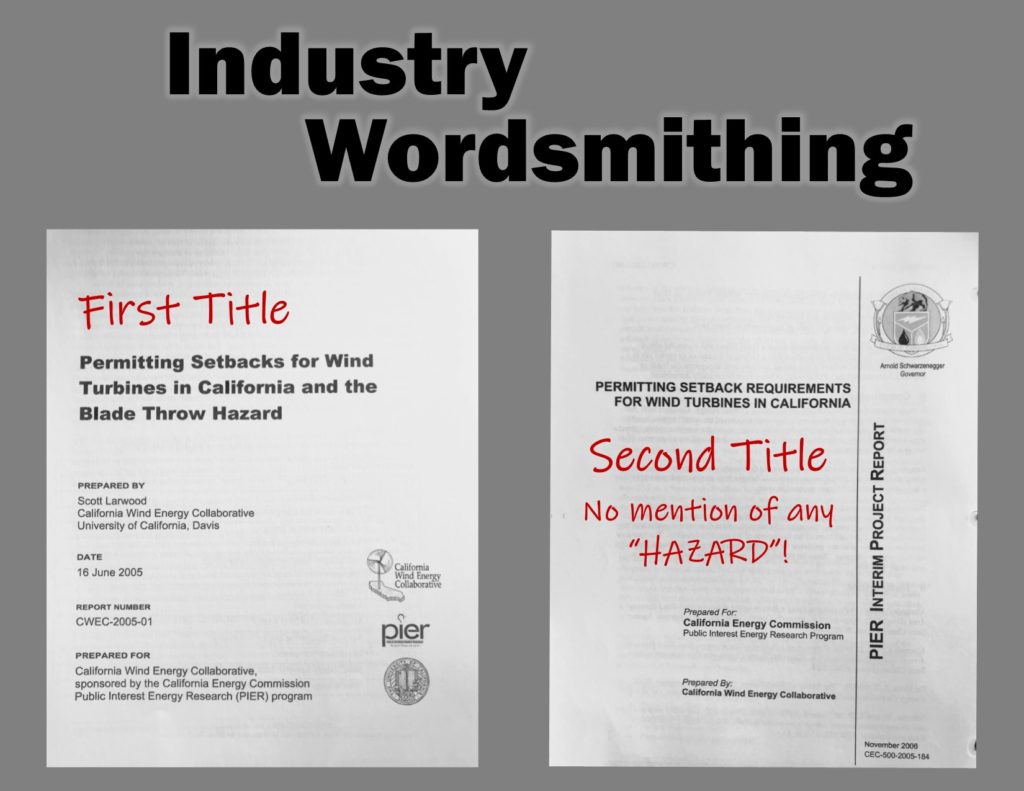
REALITY: “Vast quantities of information are collected by turbine manufacturers, operators and utility companies — yet hidden in their archives. The information is prohibitively difficult for anyone outside to access.” So says Andrew Kusiak from the University of Iowa.

Professor Andrew Kusiak makes a passionate plea for the sharing of data in this commentary, telling how it “took (him) two years of discussions with different energy companies and the signing of several non-disclosure documents to obtain enough data to carry out a study on the performance of wind farms in Iowa, for instance.” He calls on the industry to follow the examples of defence, commerce and health care and share data openly so that researchers can design better solutions for powering the planet. “Yet the wind industry remains largely oblivious to data science.” https://www.nature.com/news/renewables-share-data-on-wind-energy-1.19104
REALITY: Blade failure probability is in the 1-in-a-100 to 1-in-a-1,000 per turbine, per year, range. Source: Permitting Setbacks for Wind Turbines in California and the Blade Throw Hazard, Larwood, S., California Wind Energy Collaborative, University of California, David, June 16, 2005, summary p. 1.
Professor Larwood’s work from 2005 was the first research I reviewed which candidly discussed the issue of non-uniform setback ordinances. So I emailed him to see if he had any more recent research. Larwood was kind enough to email me back that same day and sent me the PDFs of two studies: one from 2015, and one that had just been released. He wrote, “Without further study, my current opinion is that a setback of 2 overall heights to a property line and 3.5 overall heights to a dwelling should be sufficient.”
I was pleasantly surprised to have heard back from him, but also pretty alarmed, because many ordinances in Michigan called for much less setbacks — some as little as 1-1.5x the height of the turbine. Clearly a setback of 1.5x the height of the turbine would leave homeowners with more than a “reasonable” amount of risk!
I asked around to other grassroots folks about the recommendation of 3.5x the overall height to a home. None of the folks out there in social media land had seen the new 3.5x the height in regards to achieving a “reasonable” amount of risk of fragment/blade throw. So I passed along the PDF of the most recent fragment data that Professor Larwood had so kindly shared.
Larwood had done his most recent analysis at the National Wind Technology Center at the National Renewable Energy Laboratory (NREL). The NREL is the national laboratory of the U.S. Department of Energy, Office of Energy Efficiency and Renewable Energy. I figured Larwood must have been a pretty respected and prominent fella if he had been allowed to do research the facility. https://www.nrel.gov/nwtc/
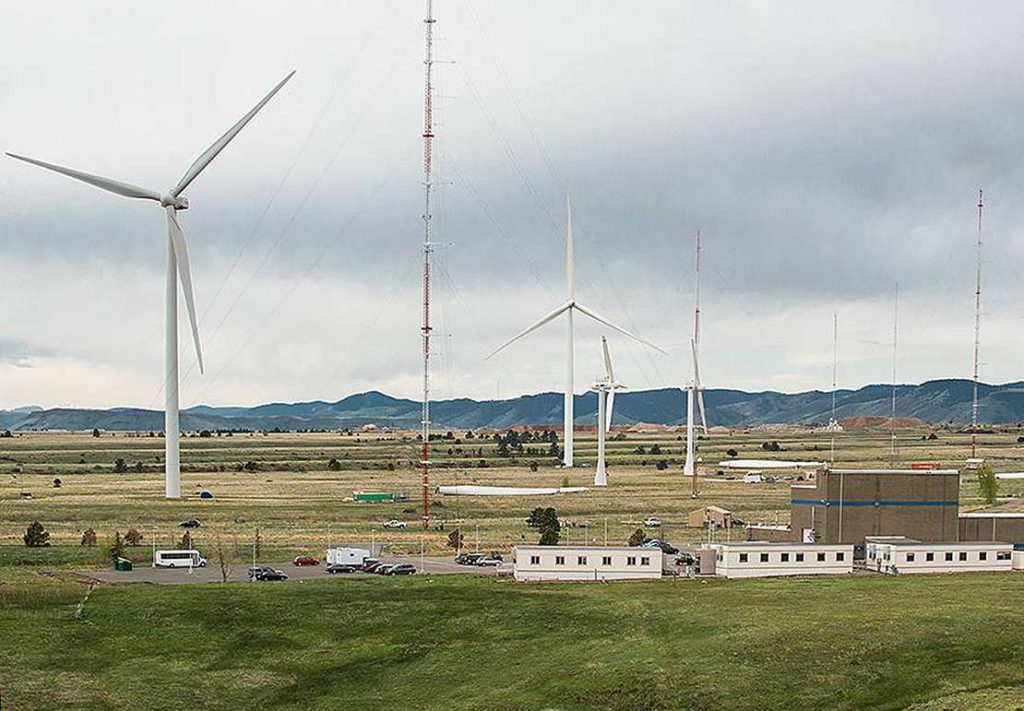
A closer look at Professor Larwood’s career confirmed that — he was at the forefront of his industry. Which makes sense, as California had led the way with industrial wind. https://scholar.google.com/citations?user=kaPi67MAAAAJ&hl=en
Then a rather peculiar thing happened. Within a few days of my emailing the PDF of Larwood’s NREL analysis to a few grassroots folks, I got an unsolicited email from Professor Larwood.
He emailed me back to say, “We are currently trying to revise and resubmit the article. My attempts at generalizing the problem with the NREL example were mistaken.” He said I should let him know if I had any questions and he had cc’ed the co-author of the analysis. I did a quick google search for the study only to find “RETRACTED” stamped over it.
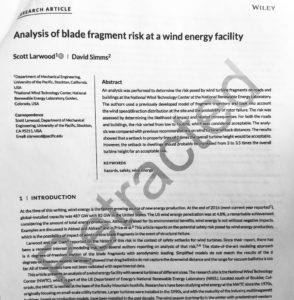
Hold up now.
Larwood’s research had been submitted in September of 2017, revised January of 2018, then accepted and released on the 22nd of February, 2018.
Within a few days of my sharing it with other grassroots efforts, in late April, only then was it deemed to be faulty and needed to be retracted.
An engineer, who had been studying this specific aspect of turbines for decades, didn’t know enough to determine that his modeling analysis wasn’t applicable to “commercial” wind turbines? At least that was the reason given online.
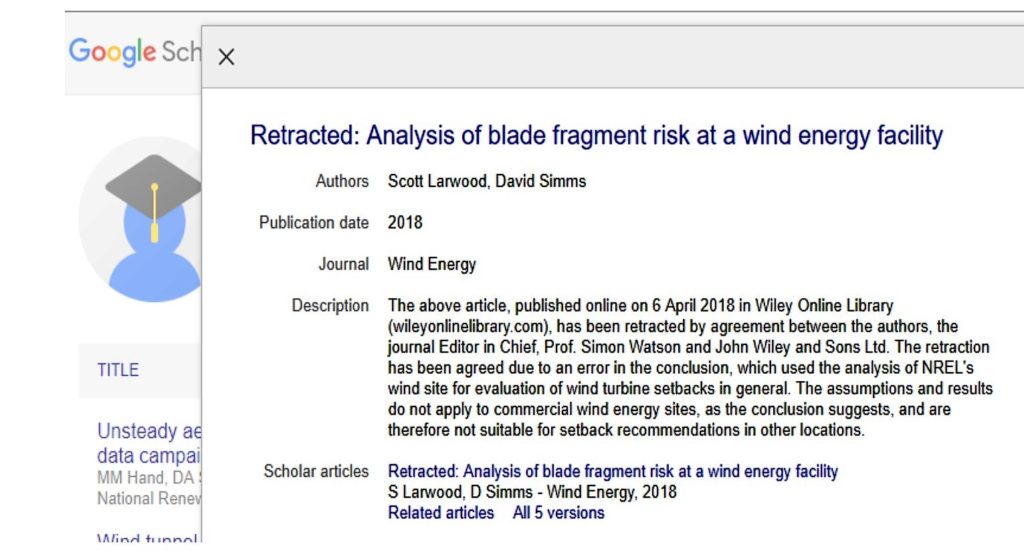
Hmm…
Or could it be that industry players didn’t appreciate that new recommendation, especially since it came from the NREL’s new wind facility?
Unfortunately, I have no way of confirming what forces were at work in that retraction. But I do know it doesn’t add up.
REALITY: Larwood’s 2018 analysis concluded that “a setback to property lines of 2 times the overall turbine height would be acceptable. However, the setback to dwellings should probably be increased from 3 to 3.5 times the overall turbine height for an acceptable risk.” Please note, this is the setback as measured from dwellings. “A setback of 3 times the overall turbine height resulted in a probability of impact with a dwelling that would increase the risk above ‘routine.’ Therefore, the now retracted Larwood analysis of a setback, of 3.5 times the overall turbine height had been proposed to lower the risk. Source: Analysis of Blade Fragment Risk at a Wind Energy Facility, Larwood, S., Simms, D., University of the Pacific, National Wind Technology Center, National Renewable Energy Laboratory, February 22, 2018, summary p. 1.
When you have a company like DTE saying that a setback is “the typical 300-meter minimum” (964 feet) — but that 964 feet completely disregards the most quantifiable safety setback (whether it be 3 or 3.5 times the height from the dwelling of a home, in regards to protecting that home) from an increased risk of fragment throw — it creates a great deal of suspicion about DTE. It sure doesn’t boost any confidence in their approach for this rural bumpkin.
Today’s turbines are 500 – 600 + feet tall. The minimum setback to have a “reasonable amount” of risk from blade throw is 3 times the height of the turbine (or more likely 3.5 times the height of the turbine, if I believe Professor Larwood to be well-versed in this issue). That’s a pretty simple calculation — and a minimum of 1,500 feet. To have DTE suggest anything less than that is not just reckless. It’s negligence on their part.
Now, no one in this country has ever been hit and killed by a blade fragment from an industrial wind turbine (at least not that I can find documented anywhere). Yet.
There have been cases where a blade fragment or piece of ice has hit a building or a vehicle. There have been fatalities in regards to turbines that have involved either the technicians working on them or airplane pilots who have collided into a turbine or a wind measurement tower (called a MET).
Oh now, don’t mistake me — I fully understand that I’m not a engineer. Nor am I an expert when it comes to studying fragment trajectory. But, I do have the same qualifications that are required of the elected officials in my Township — that is, the ability to examine the issue and draw my own logical conclusions in regards to the health, safety and welfare of this community. And my conclusion is that DTE isn’t driven by their quest for sustainable energy sources. DTE is driven by their bottom line and is once again putting profit ahead of basic safety measures.
As the 2018 Larwood analysis conducted at the NREL is no longer available on line, drop us a request for the PDF and we will happily email it to you. Find us at: concernedcitizensofbranchco@gmail.com
